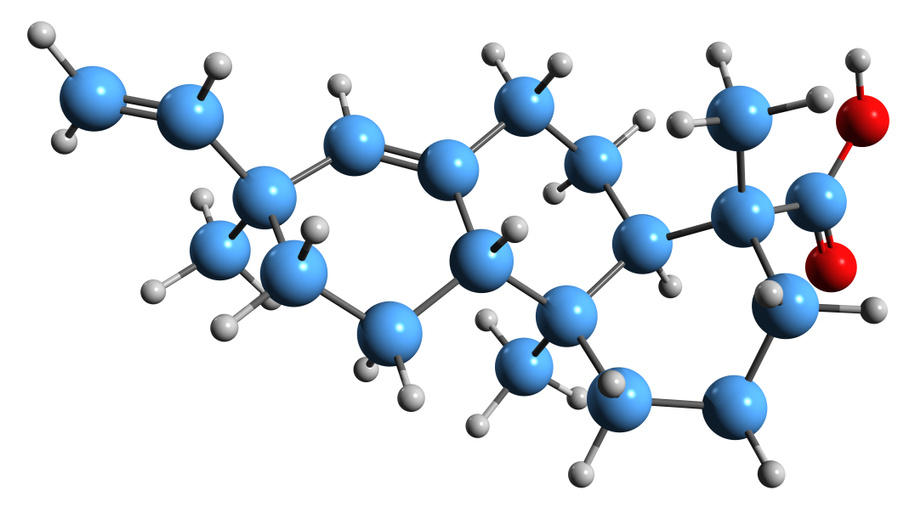Glycosyltransferase Mutation-Activity Landscape
A streamlined high-throughput platform for engineering glycosyltransferases and glucosidases
Glycosyltransferases are enzymes that commonly transfer monosaccharides to proteins and lipid scaffolds. These enzymes constitute ~2% of the coding human genome, representing over 200 proteins. Mutations in glycosyltransferases lead to disease; dysregulated glycosyltransferase expression occurs in metabolic diseases including cancers; modifications of glycosyltransferases offer therapeutic applications; and activity manipulations create novel biocatalysts. This technology provides a streamlined high-throughput platform for engineering glycosyltransferases and glycosidases.
This University of Buffalo technology offers a streamlined platform to perform scanning mutagenesis of arbitrary glycosyltransferases using a novel surface-display platform, creating enzymes with modified activity for biotechnology and therapeutic development. This system allows immobilization of mammalian glycosyltransferase as type-II transmembrane proteins while incorporating a click-chemistry process for quantitating enzyme activity on single cells using natural substrates as acceptors.
 kseniyaomega, https://stock.adobe.com/uk/images/547176581, stock.adobe.com
kseniyaomega, https://stock.adobe.com/uk/images/547176581, stock.adobe.com
- Methods are easy to perform
- Generates large scale data sets needed for modern machine learning
- Economical assay performance
- Generation of new biocatalysts
- Structure-function relationship evaluations
- Improving intravenous immunoglobulin (IVIG) therapy
- New enzymes for lysosomal storage disorder (LSD) replacement therapy
- Novel biocatalysts for chemoenzymatic synthesis
- Therapeutic agents for congenital disorders of glycosylation (CDG) diseases
- Customization of biocatalysts for bioengineering process optimization to enhance pharmacokinetics
- Research tools - custom or contract
US Provisional Patent Application 63/812,831 filed on May 27, 2025.
Proven application using multiple human sialyltransferases as well as sialyltransferases from species spanning evolutionary progress (fish, sea urchin, frog, monkey, pig, and human). Creation of a library of 1680 human glycosyltransferases to select for specific desired enzymatic properties, with high activity molecules deemed super-enzymes. Implementation continues to generate novel molecular species for clinical and commercial applications.
Available for licensing or collaboration.
Patent Information:
| App Type |
Country |
Serial No. |
Patent No. |
Patent Status |
File Date |
Issued Date |
Expire Date |
|